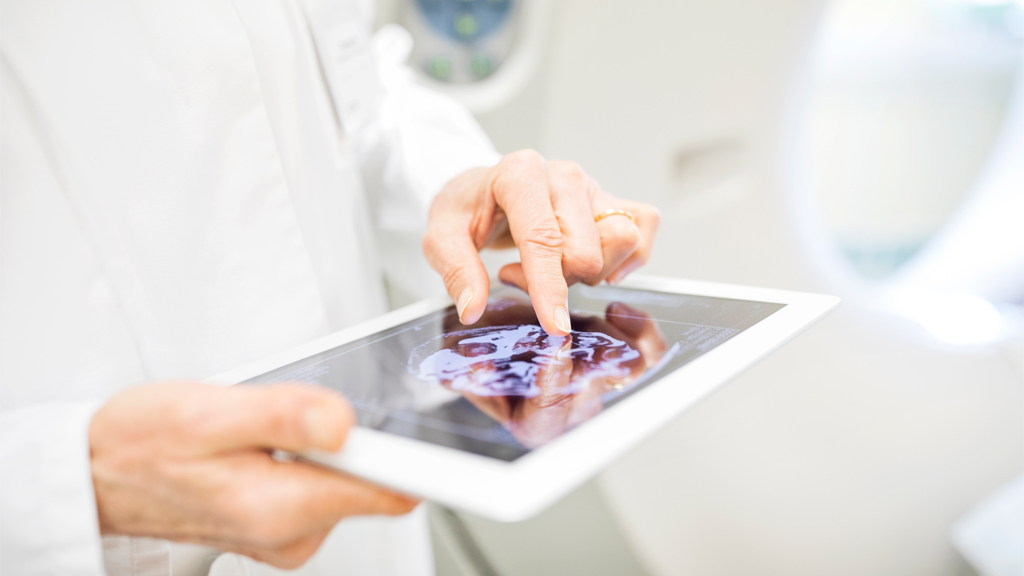How digital biomarkers in clinical studies can determine the best treatments for patients.
Digital biomarkers are biological or behavioral measures collected using digital devices or technologies such as smartphones, wearable devices, and sensors. Analyzing data collected through our collaborative Watch-PD study, we demonstrated digital biomarkers could detect both the presence of Parkinson’s disease (PD) as well as response to treatment. They also have the potential to transform the way we screen patients, evaluate treatment efficacy, and determine the best course of treatment for a given patient. These biomarkers are especially promising in devastating central nervous system diseases like Parkinson’s and ALS where assessments are costly, invasive, and subjective.
How is this data used?
Clinical ink BrainBaseline™ was used to provide preliminary support to distinguish healthy volunteers from patients with early-stage PD and to generate digital biomarkers with PD status.
When the same dataset from the Watch-PD study was analyzed to determine if digital biomarkers could accurately assess symptomatic treatment response in PD, it also highlighted an important aspect of disease management, as it allowed us to evaluate the effectiveness of different treatments and adjust them accordingly. The results showed that digital biomarkers could indeed accurately assess treatment response in PD patients.
The study also explored the potential of digital biomarkers in predicting disease severity and progression in ALS patients. ALS is a devastating disease that can progress rapidly, making it difficult to predict outcomes and develop effective treatment plans. Digital biomarkers also indicated that valuable insights into disease progression could be discovered to help clinicians develop more personalized treatment plans.
What are the implications for clinical development?
Early indication of efficacy.
Using the Clinical ink assessments and BrainBaseline™, it is possible to quickly know if a drug has the desired effect on patient symptoms/pathophysiology.
Reduced patient burden.
The rapidity of measures could potentially reduce patient burden by upwards of 50 percent.
Lower development costs.
Clinical studies using digital biomarkers can potentially be designed to have ample statistical power with fewer patients than required. Insights from digital measures could also be used to identify patient phenotypes within a disease.
Decreased site involvement.
It is possible that eventually digital biomarkers could be accepted by regulators as primary endpoints.
The digital biomarkers collected from active assessments performed on the Apple Watch and iPhone, then analyzed through our BrainBaseline™ platform, were able to:
- Register the presence of early-stage PD, successfully distinguishing healthy volunteers from PD patients
- Detect treatment response in PD
- Identify measures indicative of disease progression in ALS patients
Having demonstrated that the data features gathered from digital devices and the models employed can detect treatment response in PD and measure disease progression in ALS, we believe it is possible to apply the same approach to other movement disorders.
The results of our work with data derived from digital assessments performed by PD and ALS patients have demonstrated that consumer-grade mobile devices—coupled with the BrainBaseline™ platform—can produce digital biomarkers that have significant value in clinical development and eventually in clinical practice.
Download this white paper for a deep dive into the analysis of the impact of digital biomarkers in movement disorders.
